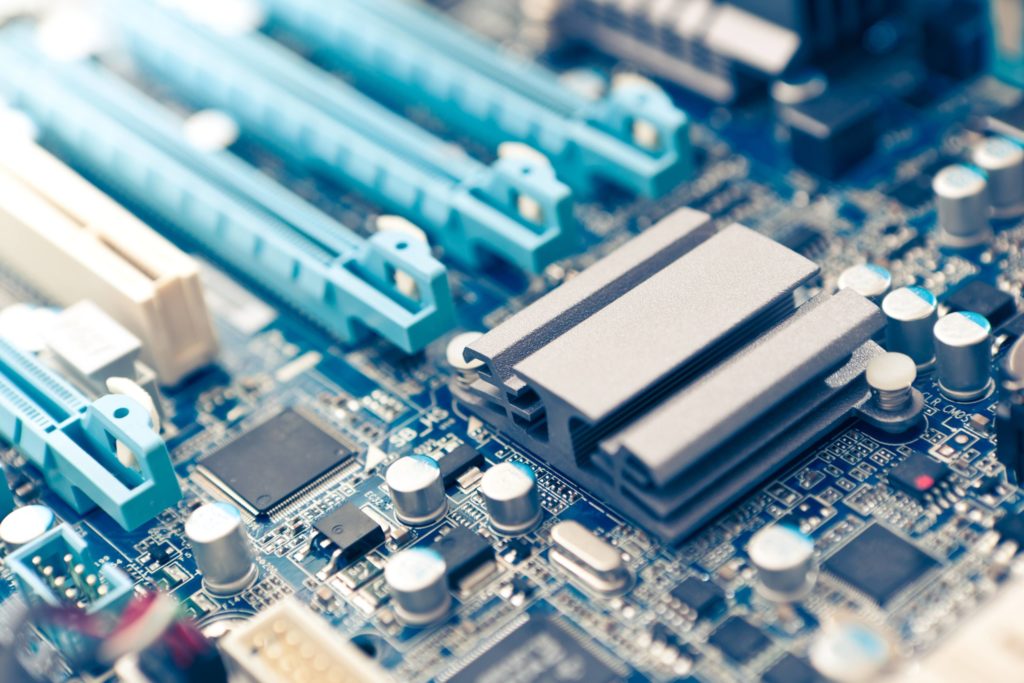Article
What We Can Expect From Edge Computing

The growth of edge computing is about to surge.
Currently, companies are producing around 90% of their data within centralized data centers or clouds. But according to a report by Gartner, within the next six years, that number will drop to 25%, with the majority being sent to the edge.
Predictions of The Future State of the Industry
Edge computing is expected to impact IoT more than any other industry by a wide margin. IoT technology will become more realistic, scalable, and powerful in the long run by reducing the load on outside servers.
Networks will also become much faster due to improvements in edge computing. With devices doing the majority of the computing work—rather than sending requests to remote servers—networks will be freer and less hindered by streams of data from devices. Networks will only be used when they have something to offer that devices don’t.
Smart assistants like Siri, Amazon Alexa, Samsung Bixby, and Google Assistant will also be able to do more without having to rely on a server to process a user’s requests. This will make them faster and more helpful since they’ll be able to work even without an internet connection. Other devices like smart speakers that rely on cloud services will be faster and more helpful, too.
The Affect on Customers
The most obvious benefit that consumers will experience thanks to edge computing is more capable devices. Cloud services and remote servers enabled an entire age of technology that otherwise wouldn’t have been possible. But that dependence on outside services has capped what our devices are capable of. Edge computing will relieve the strain on networks while also making our devices more independent and powerful.
A less obvious—but arguably more important—benefit of edge computing is a massive increase in consumer privacy. The more of your data that has to be sent to an external server/cloud, the less control you have over your digital presence. Not to mention that servers and networks are much more susceptible to being hacked than personal devices, as the rewards for a successful hacking attempt are much greater. By keeping more of the user’s personal data on their device, there is more consumer privacy and less risk for data to be abused.
The Affect on Businesses
As much as consumers are expected to benefit from edge computing, by far the biggest beneficiaries of edge computing are going to be businesses. Across every industry, companies will become more flexible, adaptable, and agile. Edge computing will open the door for faster processing, allowing companies to make smarter, faster decisions.
Machinery will also be able to operate faster since the machines will be able to process many things independently. This means that companies can provide faster services to their customers.
Businesses will be able to offer consumers greater privacy, as well, when it comes to their data and devices. This has become a hot topic in recent years, so companies that can use edge computing as a way to sell the security of their products will have an advantage over their competitors. The data generated by IoT and edge computing will also provide businesses with new insights into their customers, allowing products to be more personalized and streamlined than ever.
Optimize Your Workflow with Edge Computing
While edge computing has been around for over a decade—and arguably was the only kind of computing before the cloud—it’s only in the last few years that its importance to the world is being realized.
Autonomous vehicles, for example, are one of the most popular and widely discussed applications of edge computing. And similar to edge computing itself, serious discussion of mainstream autonomous vehicles didn’t emerge until the past decade. With self-driving cars, the sliver of a second to process data matters more than, say, a personal computer. Edge computing can provide this speed by acting as an extension of the cloud—down to the tiniest device.
Several emerging tech industries, such as IoT, AI, VR & AR, are in desperate need of the flexibility and processing power that edge computing has to offer. It can streamline existing tech, make it more secure, and cut the costs that these more advanced technologies inevitably incur.
The examples listed in this paper are just the first glimpse into the future that edge computing has in store for us. Being proactive about implementing this new technology into your workflow will keep your business agile and innovative while also opening up new ways to serve your customers.
Wrap Up
In a few words, edge computing has the potential to greatly impact nearly every industry. Which organizations reap the most rewards depends largely on how well they rethink their data infrastructure. We’re looking forward to these new developments.









